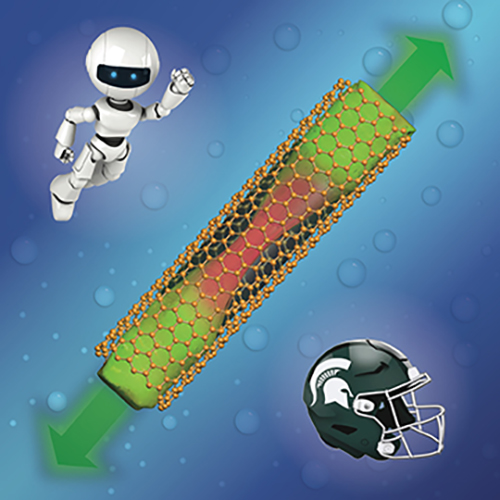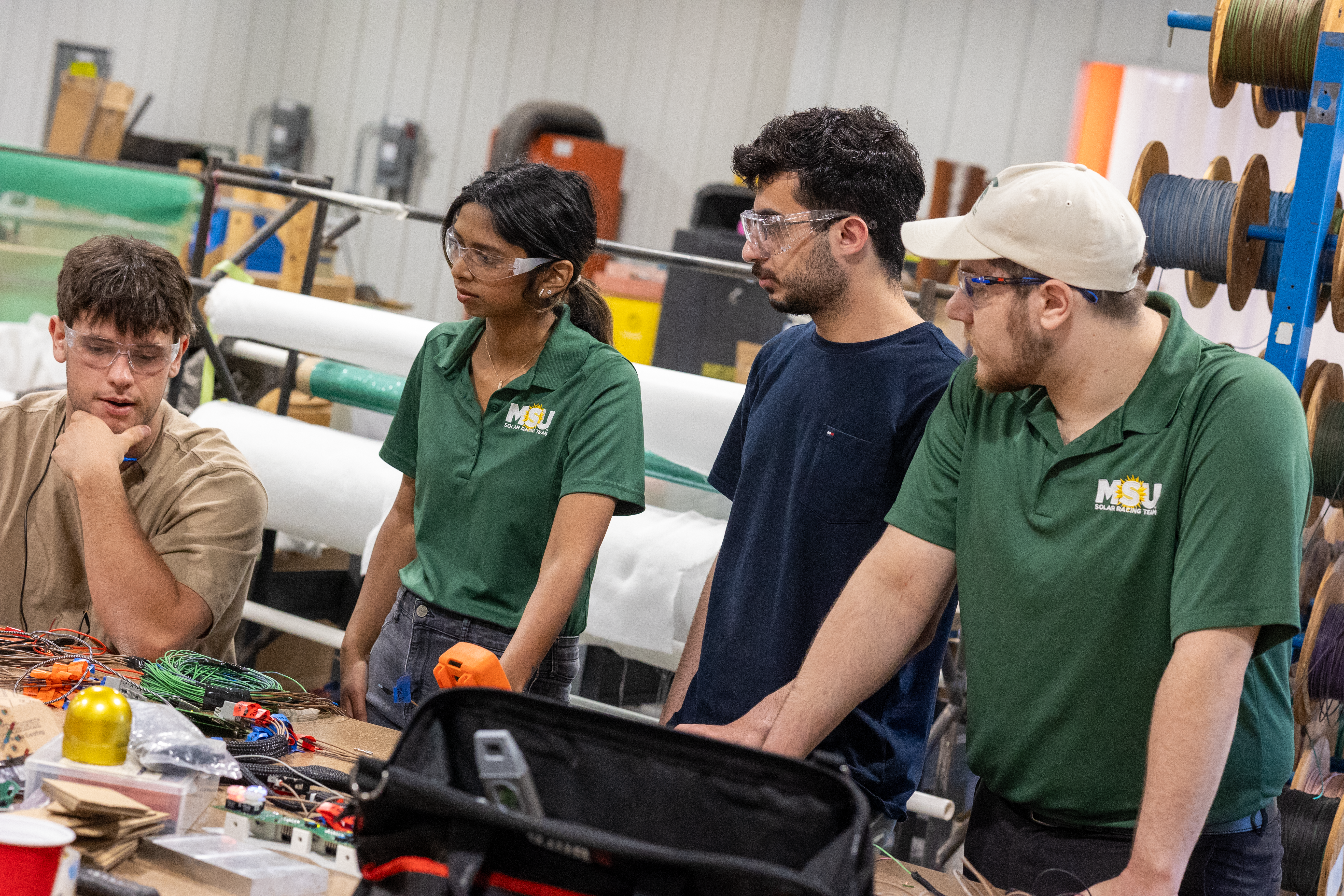
While developing a reusable liquid nanofoam material for football helmets, Michigan State University researchers have made a big discovery that puts the material that much closer to practical use in a variety of applications.
Weiyi Lu, an associate professor in the Department of Civil and Environmental Engineering, and his research associate, Mingzhe Li, found that liquid flowing into a nanopore acts more like a solid. The liquid pulls itself apart like stretching a piece of saltwater taffy creating a thin "neck" in the center of the nanopore that eventually breaks, causing the liquid to flow out of opposite ends of the nanopore.
This discovery will have a significant impact on the prototype design of liquid nanopore pads that aim to be more effective and resilient than foam pads.
"From previous research, we knew how the liquid flowed into the nanopores and now, we know how it flows out," Lu said. "Our laboratory testing and the simulation work of Baoxing Xu, an associate professor at the University of Virginia, and Yuan Gao, a postdoctoral scholar at University of Illinois at Urbana-Champaign, helped make this important discovery.
The new finding means the liquid nanopore material can meet the goal of being reusable, flexible and more comfortable. Future liquid nanofoam devices can have potential applications off the football field, in cars and wearable devices to monitor health conditions.
The research was published on Dec. 15, 2021, in the journal Matter.
** This news update is written by Emilie Lorditch and is courtesy of MSUToday. It follows an original research story, also written by Emilie Lorditch, and published at MSUToday.
Liquid nanofoam could be a game changer for future football helmets
A liquid nanofoam liner undergoing testing could prolong the safe use of football helmets, says a Michigan State University researcher.
When a helmet withstands an impact severe enough to cause a concussion to the player wearing it, the safety features of the helmet are compromised, rendering equipment unsafe for further use, said MSU's Weiyi Lu, an MSU assistant professor of civil and environmental engineering.
Lu has been testing a liquid nanofoam material that could change that and the research was published on Oct. 13, 2020, in the Proceedings of the National Academy of Sciences.
The material is full of tiny nanopores. "The pore diameters are between two and 200 nanometers and that creates a large amount of surface area," Lu said. "The whole area of MSU's Spartan Stadium could be folded up into one gram of nanofoam."
Read more of the original research story at: MSUToday.








